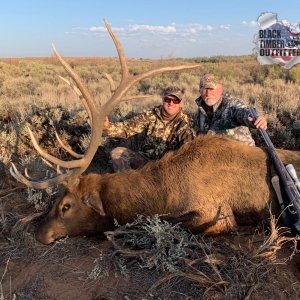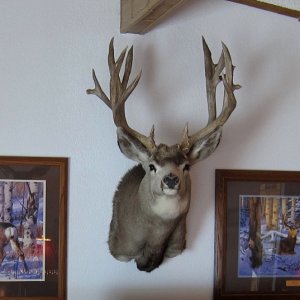BeanMan
Long Time Member
- Messages
- 6,953
I had always heard that a barrel should not touch the stock and should be free floated. I took apart my Ruger M77 and sanded away a small portion of the forend that was in contact with the barrel. Now my accuracy is worse off of the bench.
The question would be what do I do next?
Thanks,
BeanMan
The question would be what do I do next?
Thanks,
BeanMan












